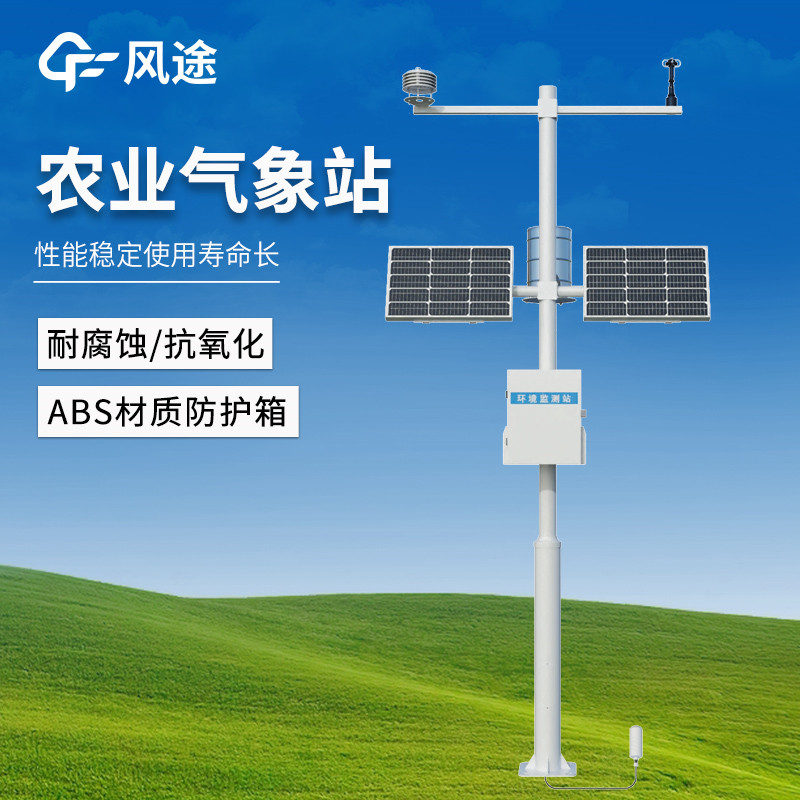In the context of rapid technological development, the agricultural sector has also undergone many changes. The Agricultural Meteorological Station, as a highly influential "black technology", is quietly changing the traditional agricultural situation of "depending on the weather for food". It has enabled farmland to sprout "smart buds", realizing more precise and efficient production.
An Agricultural Meteorological Station is a comprehensive meteorological monitoring system composed of various key components. Various high-precision sensors can quickly detect meteorological changes. Temperature sensors accurately measure the temperature of air and soil, providing key temperature data for crop growth. Different crops have strict temperature requirements at different growth stages. For example, the suitable temperature for rice during the seedling raising period is 25℃-30℃. Through the precise monitoring of temperature sensors, farmers can timely know whether the environmental temperature is suitable and take measures to increase or decrease the temperature. Humidity sensors detect the humidity of air and soil. Soil humidity is extremely important for crop growth. When growing wheat in arid areas, if the soil humidity is lower than the suitable range for wheat growth, farmers can carry out timely irrigation based on the data from humidity sensors to ensure the water needed for wheat growth and avoid yield reduction due to water shortage. At the same time, wind speed and direction sensors, light intensity sensors, rainfall sensors, etc., work together to collect meteorological element data in an all-round way.
The data collected by these sensors will be transmitted to the data collector. The data collector summarizes and sorts out the data from various sensors, and uploads the processed data to the cloud platform or user terminal through wireless or wired communication. With the help of mobile phones, computers and other devices, farmers can check the real-time meteorological information of farmland anytime and anywhere, truly having a thorough understanding of the farmland environment.
In the face of natural disasters, through real-time analysis and prediction of meteorological data, early warnings of disasters such as drought, heavy rain, and frost can be issued in advance. After receiving the warning, farmers can quickly take response measures, such as dredging drainage channels before heavy rain to prevent waterlogging in farmland; before frost comes, covering crops for heat preservation to minimize disaster losses.

Article address:https://www.sqqx.net/en/news/704.html

 +86 15898932201
+86 15898932201



